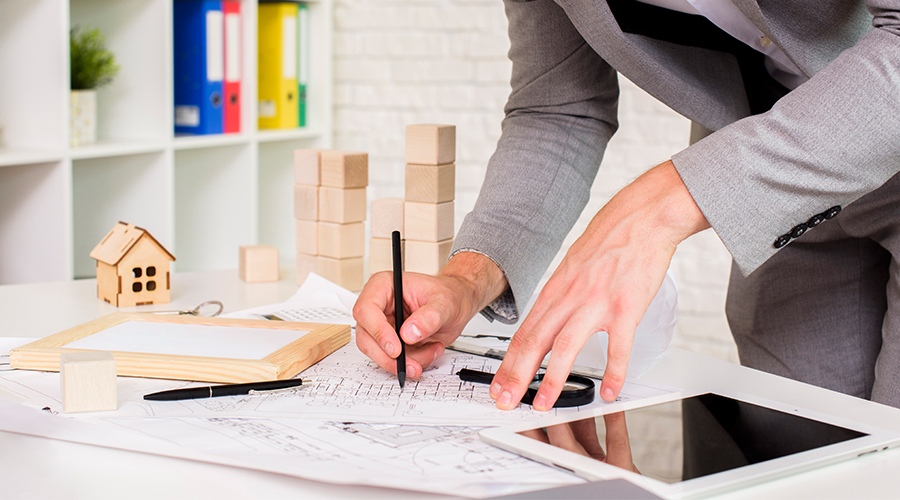Overview
In today’s environment-friendly era, land development practiceshave become a necessity. As people are becoming more aware of the environmental impact on land development, they are adopting practices to protect land. We at Your Property Doctorprovide solutions for land development that involveconducing thorough environmental assessments, managing storm water effectively, implementing sustainable site design, and minimizing soil disturbance, including green infrastructure, which meet regulatory requirements and enhance the environment. If these activities are performed for a long time, they can be beneficial for the communities and maintain a balance between ecological preservation and land development.
What to Do for the Land Development?
Conducting an Exhaustive Environmental Assessment
The first step for land development is the assessment of the environment. This process evaluates the natural resources, ecological characteristics, and environmental impacts on the proposed development. It includes the following:
Habitat Identification:
Assessing the site’s habitats, such as forests, wetlands, or wildlife corridors, is important for the identification of areas that should be protected or preserved during land development.
Water Resources Evaluation:
Knowing the location of groundwater, stormwater management in land developmentgive a room for the design of drainage systems that reduces pollution level and maintain water quality.
Implementing Sustainable Site Designing and Planning
Sustainable site design techniquesminimize the environmental footprint of development by reducing resource consumption, preserving natural features, and promoting biodiversity. If developers work on these techniques, they can create eco-friendly spaces.
Techniques of Low-Impact Development:
The techniques of low impact development, such as green roofs, permeable pavements, and rain gardens promote groundwater recharge, reduce runoff, and improve storm water management.
Conservation of Natural Features:
Hills, streams, trees and other natural featuresneed to be preserved.This protects the ecosystems and enhances the aesthetic appeal of the land development.
Developing Exhaustive Storm Water Management Plan
Management of the storm water holds great importance in land development.A well-designed storm water management system prevents erosion and flooding, and maintains water quality by filtering pollutants before they reach natural water bodies.
Retention and Detention Ponds:
These ponds store storm water, allowing pollutants and sediments to settle before water is discharged into lakes and streams. This controls the flow of storm water and mitigatessoil erosion.
Biowales and Rain Gardens:
Their function is to store and filter the storm water. With the help of soil and vegetation, they eliminate pollutants and improve water quality.
Reduces Soil Erosion
Land development and ecological balance are almost impossible if soil erosion happens. The reason is that it damages ecosystem. If erosion control measures are taken, they will protect the environment and safeguard the land.
Techniques for Controlling Soil Erosion:
Some soil erosion control techniqueslike sediment trapping and silt fencing help in managing soil erosion when construction work is going on. These methods prevent soil from being washed away.
Phased Construction:
Byperforming construction activities, developers can limit the exposed soil and at any time. This will remove the risk of soil erosion.




